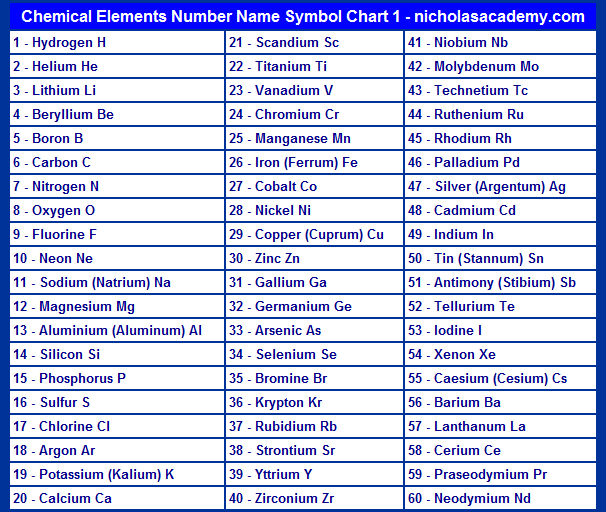
In 1979, IUPAC published recommendations for their systematic element names to be used for yet unnamed or undiscovered elements as a placeholder, until the discovery of the element is confirmed and a permanent name is decided on. Main articles: Systematic element name and IUPAC/IUPAP Joint Working Party calcium after Latin calx (lime), silicon is named after Latin silex (sand), sodium after soda and potassium after potash. Many elements are named after the minerals in which they are found, e.g. Tellurium is named after the Latin word tellus, meaning "earth". Similarly, the name helium is derived from the Greek word for the Sun (Ἢλιος, Helios), as the first evidence for helium came in the form of distinctive emission lines from the Sun that were not explainable by any of the known elements in the 1870s. The name selenium comes from the Greek word for the Moon (Σελήνη, Selene). Uranium, neptunium, plutonium, cerium, and palladium were named after Uranus, Neptune, Pluto, Ceres, and Pallas, respectively. The Sun and the Moon were associated with gold and silver, respectively.Ī few other elements are directly named for astronomical bodies, including planets, dwarf planets, asteroids, the Earth, the Sun, and the Moon. The naming of elements from astronomical objects stems from the ancient association of metals with the various planets and their gods, as follows: mercury with Mercury copper with Venus iron with Mars (named for the Roman god of war) tin with Jupiter (named for the Roman king of the gods) and lead with Saturn (named for the ancient, slow god who was the father of Jupiter). The names of both magnesium and manganese derive from the Greek region of Magnesia.Copper's name comes from an Old English word derived from the Latin name for the island of Cyprus.Lutetium is named after Lutetia, the Latin name for Paris.Ruthenium is from the Latin name for the region including Belarus, Ukraine, and Russia.

Ī number of other elements are named after classical words for various places. Thulium is from the Ancient Greek word for the remote Arctic land that the Romans called ultima Thule.Scandium comes from the Latin word for Scandinavia.Holmium is named after Holmia, Latin for the Swedish capital Stockholm.Hafnium is named after Hafnia, the Latin name for Danish capital Copenhagen.Yttrium, terbium, erbium, and ytterbium are all named for the Swedish village of Ytterby, where their ores were first found.Several places in Scandinavia have elements named after them. Dubnium and Moscovium were named after Russia's Dubna and Moscow cities.Tennessine and Californium were named after American states Tennessee and California respectively.Berkelium was named after American city Berkeley.Americium was named after the Americas.Indium gets its name from the indigo color seen in its spectrum, the Latin indicum meaning "of India", which makes it indirectly named after India.Beryllium was named after the mineral beryl, whose name may have come from Belur, a city in Karnataka state of India.Francium and gallium, both named after France.

Elements which are named after currently existing countries and cities are as: Some chemical elements are named after places on the planet earth. Main article: List of places used in the names of chemical elements


 0 kommentar(er)
0 kommentar(er)
